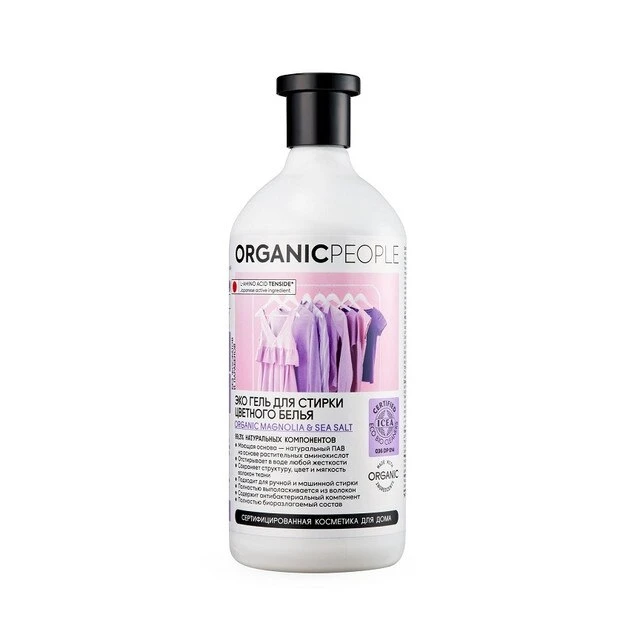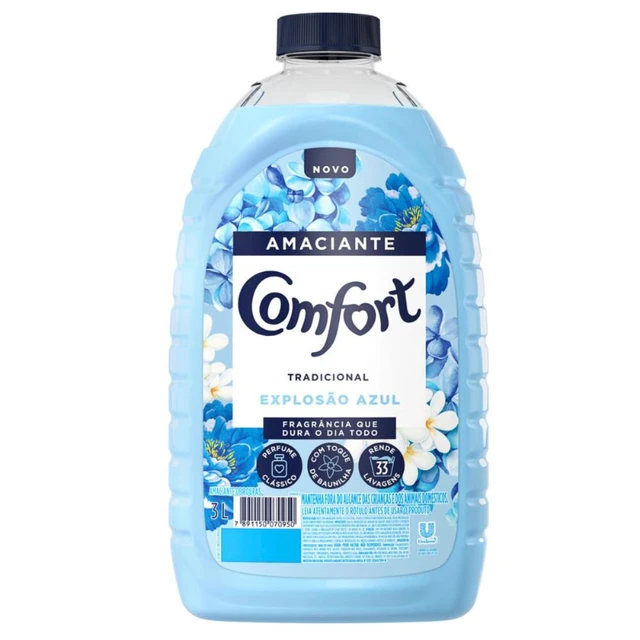 Introduction:
Introduction:
Making your own natural laundry detergent is a cost-effective and eco-friendly alternative to store-bought options. By using simple ingredients, you can create a detergent that is gentle on your clothes and the environment. In this comprehensive guide, we will provide a step-by-step tutorial on how to make natural laundry detergent. From gathering the necessary ingredients to combining them in the right proportions, we will cover everything you need to know to create your own homemade detergent. By following these instructions, you can embrace a more sustainable approach to laundry care.
Gather the Necessary Ingredients:
Washing Soda:
Washing soda, also known as sodium carbonate, is a key ingredient in natural laundry detergent.
It helps to remove stains and odors from clothes.
Borax:
Borax is a natural mineral and acts as a cleaning agent and stain remover in laundry detergent.
It also helps to soften hard water and boost the cleaning power of the detergent.
Castile Soap:
Castile soap is a gentle and natural soap made from vegetable oils.
It provides the cleaning power and creates suds in the detergent.
Essential Oils (Optional):
Essential oils can be added to the detergent to provide a pleasant scent and potential antimicrobial properties.
Options such as lavender, lemon, or tea tree oil work well for laundry purposes.
 Prepare the Homemade Laundry Detergent:
Prepare the Homemade Laundry Detergent:
Grate the Castile Soap:
Start by grating the castile soap using a cheese grater.
Aim to achieve fine, small shavings of the soap.
Mix the Ingredients:
In a large bowl, combine 1 cup of washing soda, 1 cup of borax, and the grated castile soap.
Stir the ingredients until well mixed.
Add Essential Oils (Optional):
If desired, add a few drops of your chosen essential oils to the mixture.
Stir well to distribute the scent evenly.
Storing and Using the Detergent:
Storage Container:
Transfer the homemade laundry detergent to an airtight container for storage.
Choose a container that can hold the detergent and can be easily sealed to keep it dry.
Label the Container:
Label the container with the name and date of the detergent.
This will help you keep track of freshness and identify the detergent easily.
Usage Instructions:
Use approximately 1-2 tablespoons of the homemade detergent for a regular-sized load of laundry.
Add the detergent directly to the washing machine drum or the detergent dispenser.
 Tips and Variations:
Tips and Variations:
Adjusting the Recipe:
You can adjust the recipe proportions based on your specific needs.
Increase or decrease the amounts of washing soda and borax to better suit your laundry preferences.
Stain Treatment:
For tougher stains, you can create a paste using the homemade detergent and a small amount of water.
Apply the paste directly to the stain and let it sit for a few minutes before washing as usual.
Fabric Softener:
To add a natural fabric softener to your laundry routine, you can include a cup of white vinegar in the rinse cycle.
This will help to soften the fabrics and reduce static cling.
Safety Precautions:
While the ingredients used in this homemade laundry detergent are generally considered safe, it is important to handle them with care.
Avoid inhaling the powdered ingredients and always wash your hands after handling them.
 Making natural laundry detergent at home has several benefits:
Making natural laundry detergent at home has several benefits:
Making natural laundry detergent at home has several benefits and advantages. Here are some of them:
Reduced Chemical Exposure:
Commercial laundry detergents often contain harsh chemicals, synthetic fragrances, and dyes that can irritate the skin and cause allergies or sensitivities. Making natural laundry detergent allows you to control the ingredients and avoid potentially harmful chemicals, reducing the risk of skin irritation or respiratory issues.
Environmentally Friendly:
Natural laundry detergents are typically made from biodegradable and eco-friendly ingredients. By using natural ingredients and avoiding harsh chemicals, you contribute to reducing water pollution and minimizing harm to aquatic life when the detergent is washed away.
Cost-effective:
Making your own natural laundry detergent can be cost-effective in the long run. Natural ingredients like baking soda, washing soda, and soap nuts are generally affordable and can be used in multiple batches. This can help save money compared to buying commercial laundry detergents repeatedly.
Customizable and Versatile:
Homemade natural laundry detergents can be customized to suit your specific needs and preferences. You can adjust the ingredients and their quantities to achieve desired cleaning power or add essential oils for fragrance. This versatility allows you to personalize the detergent to meet your laundry requirements.
Gentle on Clothes:
Natural laundry detergents are generally gentle on fabrics, making them suitable for delicate or sensitive items. They can help extend the lifespan of your clothes by avoiding the harsh chemicals that may cause wear and tear over time.
Simple and Easy to Make:
Making natural laundry detergent at home is relatively straightforward and does not require elaborate equipment or extensive preparation. Most recipes involve combining a few natural ingredients, mixing them, and storing the detergent in a suitable container. This simplicity makes it accessible for anyone interested in a DIY approach to laundry care.
Reduced Packaging Waste:
Commercial laundry detergents often come in plastic packaging that contributes to environmental pollution. By making your own natural laundry detergent, you can use reusable containers, reducing the amount of packaging waste generated.
It’s important to note that homemade natural laundry detergents may not have the same cleaning power as commercial products, especially for heavily soiled or stained clothes. However, many find them effective for general laundry needs. Experimenting with different recipes and adjusting ingredient ratios can help find the right formulation for your specific laundry requirements.
 Conclusion:
Conclusion:
Making your own natural laundry detergent is a simple and cost-effective way to care for your clothes and the environment. By using ingredients such as washing soda, borax, and castile soap, you can create a homemade detergent that is free from harsh chemicals and additives. Follow the step-by-step guide to gather the necessary ingredients and combine them in the right proportions. Store the homemade detergent in an airtight container and use 1-2 tablespoons per load of laundry. With these instructions, you can embrace a more sustainable approach to laundry care and enjoy clean and fresh clothes without the use of harmful chemicals.